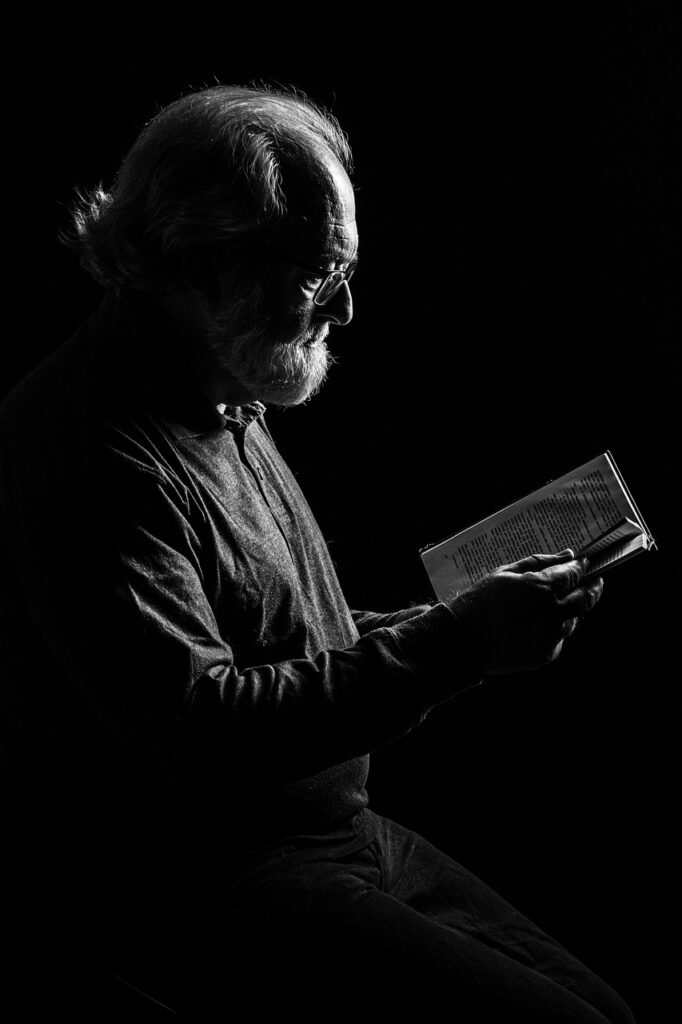Newark’s Cristo Rey School borders a neighborhood where, this coming Halloween in light of the citywide gang initiation day, the school will be closed so that students in the vicinity might not fall prey to an involuntary induction.
By Jeanne Allen
Inside this high school most days, however, 270 students receive a college prep curriculum as well as practical training in the workforce. Cristo Rey is a model that prepares young people for career and college. It makes Catholic schools affordable to the most needy, and keeps them away from precisely the elements that might otherwise engage them in dangerous activities. They work hard to keep the school, to maintain positive relationships in all aspects of the students’ lives because, as principal Father Greg told me on a recent visit, “If we lose anyone there’s a strong chance they’ll not make it.”
Unconventional approaches to delivering education and supporting the whole student? This is education reform.
Over the river into New York City, 18,000 students, families, teachers, advocates and a few celebrities marched one October day over the Brooklyn bridge to demand that the city, under Mayor Bill de Blasio, treat charter schools as equal to other public schools and help the tens of thousands on waiting lists achieve their dreams. Their hashtag #DontStealPossible trended on Twitter and continues to draw thousands to a mission as simple as that of the founders of the city’s first charter school, that is, every person deserves an education that recognizes that spark inside of them. Based on the vision of Dr. King, the Sisulu-Walker Charter School of Harlem paved the way for the nearly 200 charter schools now open in the city. This idea — that education itself, not the corporate structure of a school, is what matters — is education reform.
When she entered one of the nation’s most noblest professions, Rebecca Friedrichs could not understand why she’d have to pay for something that she found professionally unnecessary and personally problematic. As a teacher, she was surprised to learn that membership in the teachers unions might appear “voluntary” but that in reality, she would still be required to pay hundreds of dollars in agency fees. She joined with others to take the union to court, something scores of teachers have dreamed of, some have tried to do and others have prayed someone else would. Her case, Friedrichs v. California Teachers Association, is now headed to the U.S. Supreme Court, asking for teachers to be able to decide for themselves whether to join or fund the union. Her cause is to put America’s children first, a key tenet of education reform.
Tens of thousands of such examples of success in creating new models of educating and new approaches to working in and around schools exist across the country. They challenge a system once bound only by state and district parameters and rules. Such people, schools and policies have challenged a once entirely top down, “one size fits all” establishment, creating new opportunities for more than 3 million students, and disrupting a system that was once impervious to any external demands to improve. These education reforms have in turn spurred student achievement gains wherever they have reached critical mass. From Washington, D.C. to New York to Denver, Colorado, efforts to reform education are creating opportunities for innovation and success for students.
At its core, education reform is a belief that the needs and merits of students must be primary in all policy and actions that govern education. That can only occur when we stop zoning students to their schools by zip code, mandate adult participation in certain groups as a condition of working, restrict a parent’s right to make fundamental choices in their children’s education, and micromanage every element of the school from content to testing to seat time.
Education Reform is theory and as well as practice. It embraces the concept that dollars follow the offerings and programs that are developed and sought by those closest to our children, parents and the schools they choose. It is the flexibility and freedom afforded to educators to innovate. Ed Reform is a big tent — it embraces a wide variety of schooling options and structures. Above all, it changes the power equation from district and state, to teacher, leader and parents who dictate what they need, what is measured, and what success looks like.
The opinions expressed here are solely those of Jeanne Allen.

Jeanne Allen is considered one of the nation’s most accomplished and relentless advocates for education reform. She is currently senior fellow and president-emeritus of the Center for Education Reform (CER), which she founded in 1993 and led for 20 years. At CER, Jeanne leads EdReform University©, a unique online higher education program in the history of education reform and supports the Center in national policy efforts. A graduate of Dickinson College with a BA in Political Science, Allen is currently getting her Masters in Education Entrepreneurship at the University of Pennsylvania, a program whose creation she advised. For more information and access to Jeanne’s activities and full biographical information, go to www.jeanneallen.net.

